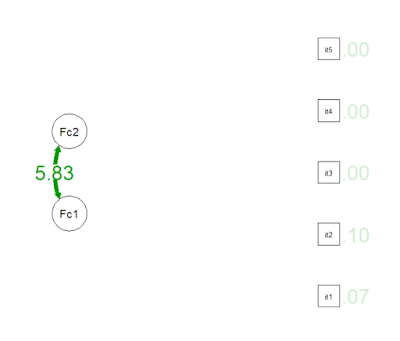It seems good, if you would purchase a shop in a mall or
somewhere, rather than purchasing a plot, as it would start giving you rent
immediately. Or a house to give you rent or a land, which is on “theka.”
Nevertheless, one of the buying strategies to purchase plots
is to purchase several smaller plots rather than purchasing a large land. In this
way, your investment will be diversified and risk would be reduced.
It is also important to consult at least three people, three
experts.
Do not rush, take your time. For instance, if you would be
in hurry, you may purchase a dipped land or a hill, and these are useless in
terms of building houses.
Think and work on location. For instance, people may look
for the future developments regarding the location, and may purchase a plot.
For instance, in Jinnah avenue, Islamabad, one kanal can be sold at about 100
crores.
Reverse commission can be used in terms of purchasing plots.
For instance, you may go to the commission agent, and say that I want to
purchase a plot at lower prices, and the lower the price of the plot, the more
commission I will give to you.
It is also important to check the maintenance charges of the
plot. In some cases, maintenance charges can be more than the price. In this
case, you may give some amount of your rent (from houses or shops) in maintenance
charges.
It is also important to check whether gas, water, and
electricity are available.
Also check that the plot is not land locked, which is
related to the point that the land is locked and streets or ways in the surrounding
are locking the land to reach inside. If there is road with the plot, its
resale value increases.
Do research, before purchasing a plot. In this case, you may
go to zameen.com or olx, or offices of property agents. You may also ask
neighbours. Eventually, do not go with rumours.
Source:
How To Buy A Plot | 10 Tips to buy Property in Pakistan - Azad
Chaiwala - https://www.youtube.com/watch?v=Jdg9u0H47lA




.jpg)











